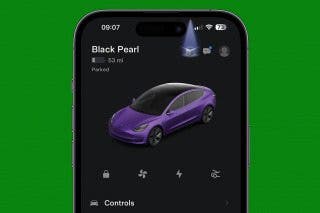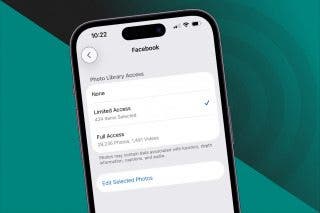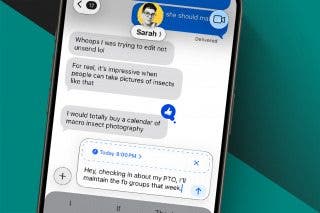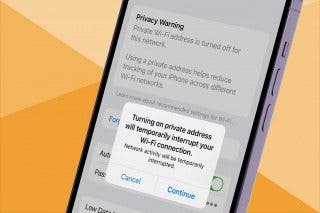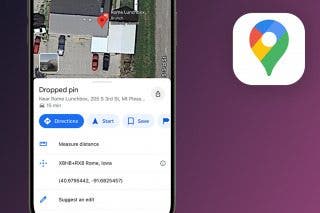A Tale of 2 Apples: Is Tim Cook Building on the Legacy of Steve Jobs or Creating His Own?


Steve Jobs had a singular vision for his company, his computer, and even his customers. His leadership led Apple to become the company it is today, and his successor, Tim Cook, has leveraged his supply chain expertise to usher in an even more profitable and successful Apple. Each was a CEO for his time. Cook would be the first to tell you he stood on the shoulders of a giant.
Related: Lisa Jobs Shared Stories of Her Father with Screenwriter Aaron Sorkin
My first encounter with any computer was in 1980 in a high school study hall. A strange glow emanated through the windows of a closed-off room. I opened the door and discovered a Bell & Howell Apple II computer running a game called Lemonade Stand. I was hooked. I quickly became a computer programming student and got a job at a local computer store, where I remember playing with the new Macintosh computers at the time. When I graduated in 1984, I learned that certain universities had a special deal on this new Mac. Reporters had asked Apple cofounder Steve Jobs how regular folks could get that special deal. His one-word response? “Enroll.”
Enroll I did, and I studied electrical and computer engineering at Carnegie Mellon University. During my time at CMU, Apple made the foolish move of kicking Steve Jobs out of the very firm he had co-founded with Steve Wozniak. This turned out to be a blessing, as Jobs created NeXT (and Pixar) during that time. Jobs visited CMU as he was using the school’s Mach operating system as the kernel of his new NeXT computer. I was one of a few folks who got to see him speak that day. I remember him tossing his aviator leather jacket on a chair, and it fell to the floor. An assistant started to pick it up, and he just said, “Leave it.” He had more important things to do!
Without Jobs, Apple was soon on the brink of bankruptcy. The company had developed too many products, and its marketing was uninspiring. Apple had been pilloried for the less-than-perfect handwriting recognition of its portable digital assistant, the Newton (although I loved mine). Competitor Michael Dell suggested Apple shut down, sell off everything, and hand the proceeds over to investors. Instead, Apple reached out to Steve Jobs and acquired NeXT, bringing Jobs back into the fold.
Jobs took over as CEO. Because of Apple’s tough financial position, he swallowed his pride and turned to Microsoft for help, despite his historic rivalry with Bill Gates. In 1997, Gates appeared on the big screen at the MacWorld conference to announce a $150 million investment in Apple and to promise to make Microsoft Office available on the Mac. This lifeline gave Apple the breathing room (and funding) it needed and allowed Microsoft to position itself as something other than an evil monopolist. Although they were competitors, Gates always admired Jobs’ eye for design.
Jobs still had to deal with a messy product line. He discontinued the Apple Newton and Macintosh clone program, which licensed its operating system to manufacturers like Motorola. He recognized that there was a distinct advantage in exclusively owning the hardware and the software and felt that clones diminished the Apple experience. Apple was for “the crazy ones,” as described in the Think Different ad campaign he launched. Compared to PCs, Macs became a predictable, reliable, integrated platform “for the rest of us.” Jobs simplified the product line, establishing laptop and desktop form factors, with a Pro model of each item. This made it much easier to make a purchasing decision, as you just had to decide if you needed a portable or stationary device and whether you needed the high-performing, highly expandable version or not.
But Jobs didn’t throw away everything he saw at Apple. He recognized the talent of Jony Ive, who was toiling away as a designer. Jobs gave him freedom and control, which led to many of Apple’s later successes.
Jobs even practiced simplification in his personal life. He was known to wear the same outfit—a black mock turtleneck, blue jeans, and white New Balance sneakers. He always drove the same style of silver Mercedes in order to avoid having to formally get a license plate. (He was also known to park in the handicap spot, and I wouldn’t recommend his management style to anyone.) Jobs got away with a lot because of his cult of personality. He was certainly a genius. It’s no wonder his death spawned not one but two biographical movies.
Starting in 2004 and later in 2009, Jobs hand-picked Tim Cook, who was the chief operations officer at the time, to run the business on an interim basis as Jobs’ health was fading. Cook officially became CEO in 2011 just before Jobs passed. Cook was such a loyal soldier, he is reported to have offered to be a liver donor for Jobs, but Jobs refused.
As COO, Cook had already proven his worth as a master of supply chain at Apple, and he never tried to be the new Steve Jobs. His calm demeanor meant he didn’t berate employees, but he still expected a high level of commitment and expertise. One story recalled how, in a meeting, an executive determined that a trip to China was required. Cook looked up at him and asked why he wasn’t on a plane already.
Under Cook, Apple has achieved unheard-of levels of success and has positioned the firm for revenue opportunities that aren’t directly tied to computer and phone upgrade cycles.
Thanks to Jobs’ pivot away from purely selling computers, Cook’s Apple has expanded to lifestyle accessories, thanks to the purchase of Beats in 2014 for $3 billion, the introduction of the Apple Watch, and launching subscription services like Apple Music and Apple TV Plus. Cook has acknowledged mistakes like the unfinished-at-release Apple Maps and has invested in improving. Cook has bet heavily on privacy, treating it as a competitive advantage, much to the chagrin of the FBI. As Apple became one of the most successful institutions in the world, it increasingly became a target for environmentalists. While purists may never be satisfied, he has championed recycling, and some of the latest Apple equipment is built in part with recycled aluminum. While work remains to be done, particularly with contractors overseas, the new Apple Campus in Cupertino is a self-sustaining wonder.
From a manufacturing and inventory standpoint, Cook has moved away from Jobs’ focus on simplicity. There are overlapping models of MacBooks, iPads, and iPhones that make it hard to know which is the right choice. It’s easy to say, “Steve Jobs wouldn’t have done that,” but Jobs did not want that as his legacy. He knew that Disney was paralyzed after the loss of Walt Disney because of such attitudes. He wanted Apple employees to do the right thing, not what they thought Steve Jobs might have wanted. Cook explicitly relayed this to Apple employees at one of the numerous memorials to Jobs. “Among his last advice he had for me, and for all of you, was to never ask what he would do. ‘Just do what’s right.’” Cook remembers and reveres Jobs but also respects his charge to be an independent thinker.
Jony Ive’s empire grew under Cook, and eventually included software as well as hardware. Eventually, the iPhone’s headphone jack completely disappeared under Ive’s run, as wireless headphones and earbuds became more practical. Apple led the way and wasn’t afraid to eliminate technology cold turkey under Cook. Ive is a longtime luxury watch connoisseur, and the Apple Watch was his masterpiece. It truly is the smallest computer Apple has ever built, and Ive loved to make products smaller and thinner. But this emphasis on thinner and more fragile iPhones led to sacrifices in battery life and durability. Bendgate and Antennagate were the results of putting form over function. An entire industry of screen protectors and rugged cases exist because of Ive’s design choices. Apple seems to be okay with thicker phones now that Ive has left to run his own design firm.
The story of Apple is one of adapting while leading the way. Both CEOs adapted to the needs of the day. When Apple struggled financially, Jobs simplified the product line and reached out to his rival for help. Now that Apple is one of the most successful companies in the world, Cook is able to expand into new markets like entertainment and banking. Under Jobs, Apple was one of the first to introduce new technology such as the graphical user interface, the mouse, 3.5-inch floppy discs, and optical discs. It was also one of the first to do away with those same technologies in favor of newer ones like touchscreens and the cloud. Under Cook, Apple led the way by introducing Touch ID and then replacing it with Face ID. Apple fans and employees may look back in reverence on Steve Jobs, but Jobs himself planned to replace his latest products by producing better ones. That’s true of the company itself. Jobs built a great company that got even better under Cook. It’s hard to argue with their success. Jobs was the man to run Apple while he did, and Cook is the man to run it today.

Todd Bernhard
Todd Bernhard is a bestselling (6+ million downloads) award-winning (AARP, About.com, BestAppEver.com, Digital Hollywood, and Verizon) developer and founder of NoTie.NET, an app developer specializing in Talking Ringtone apps including AutoRingtone. And his profile photo is of the last known sighting of Mr. Bernhard wearing a tie, circa 2007!
An iPhone is almost always attached to his hip or in his pocket, but over the years, Mr. Bernhard has owned an Apple Newton, a Motorola Marco, an HP 95LX, a Compaq iPaq, a Palm Treo, and a Nokia e62. In addition to writing for iPhone Life, Mr. Bernhard has written for its sister publications, PocketPC Magazine and The HP Palmtop Paper.
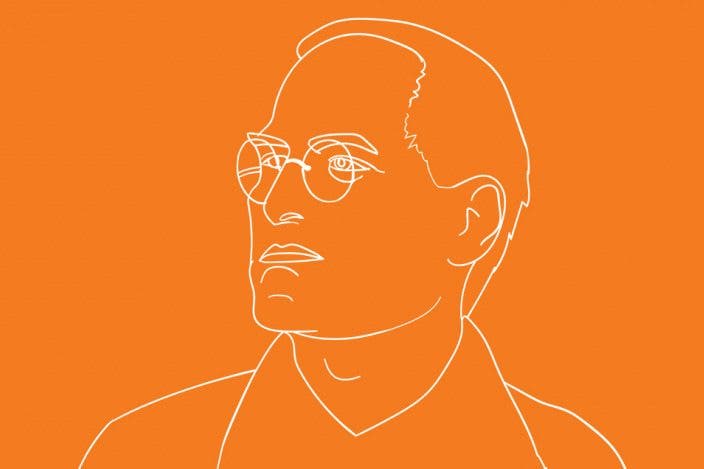
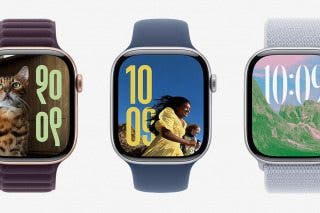
 Olena Kagui
Olena Kagui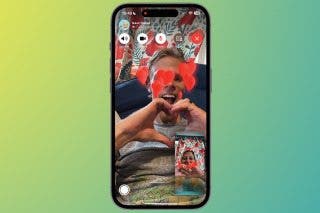
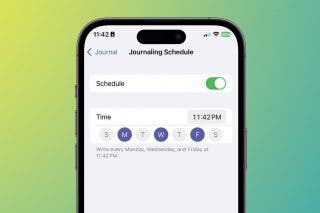
 Rachel Needell
Rachel Needell
 Rhett Intriago
Rhett Intriago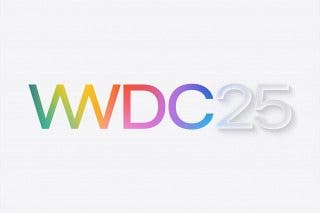
 Amy Spitzfaden Both
Amy Spitzfaden Both
 Leanne Hays
Leanne Hays